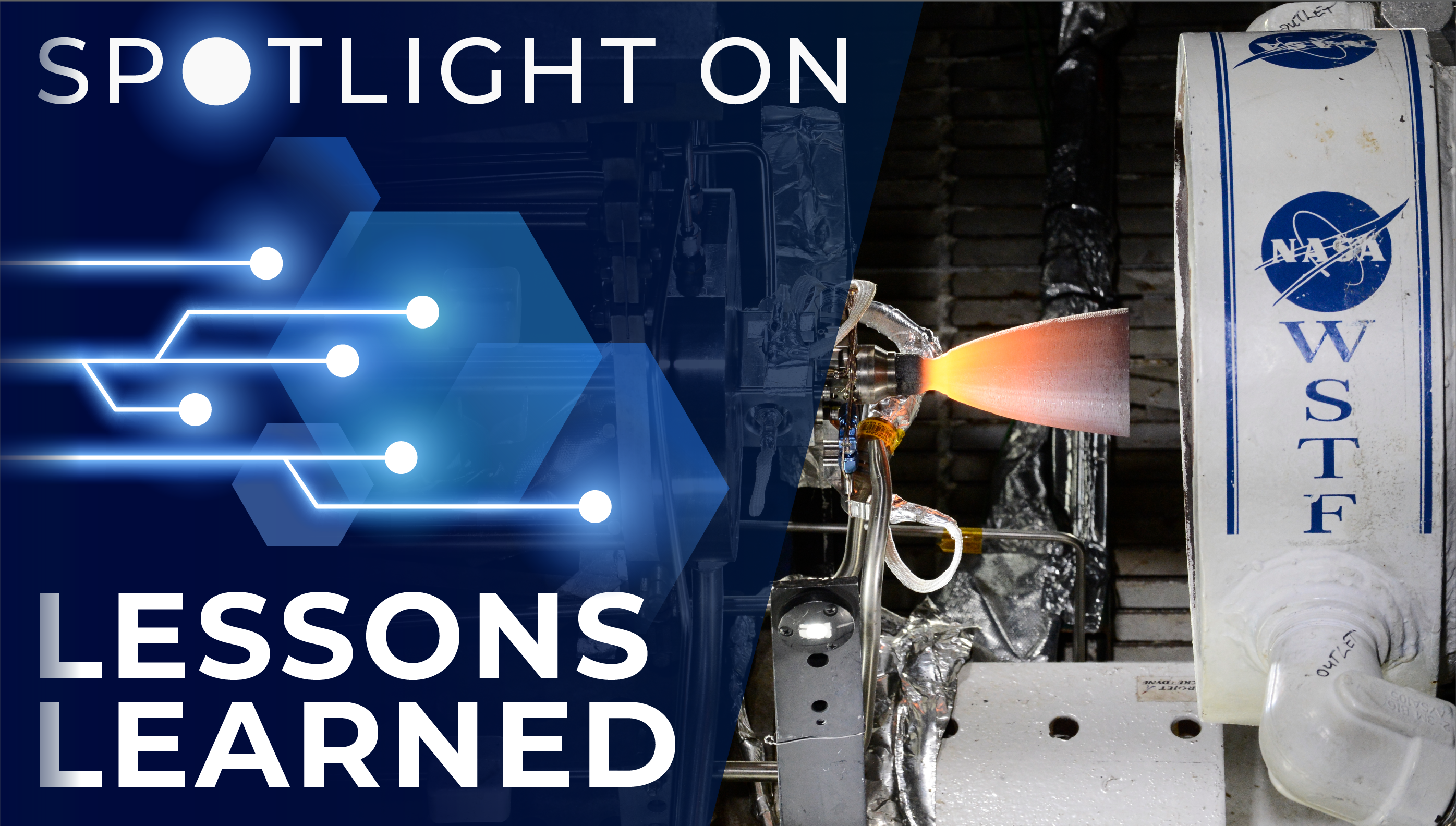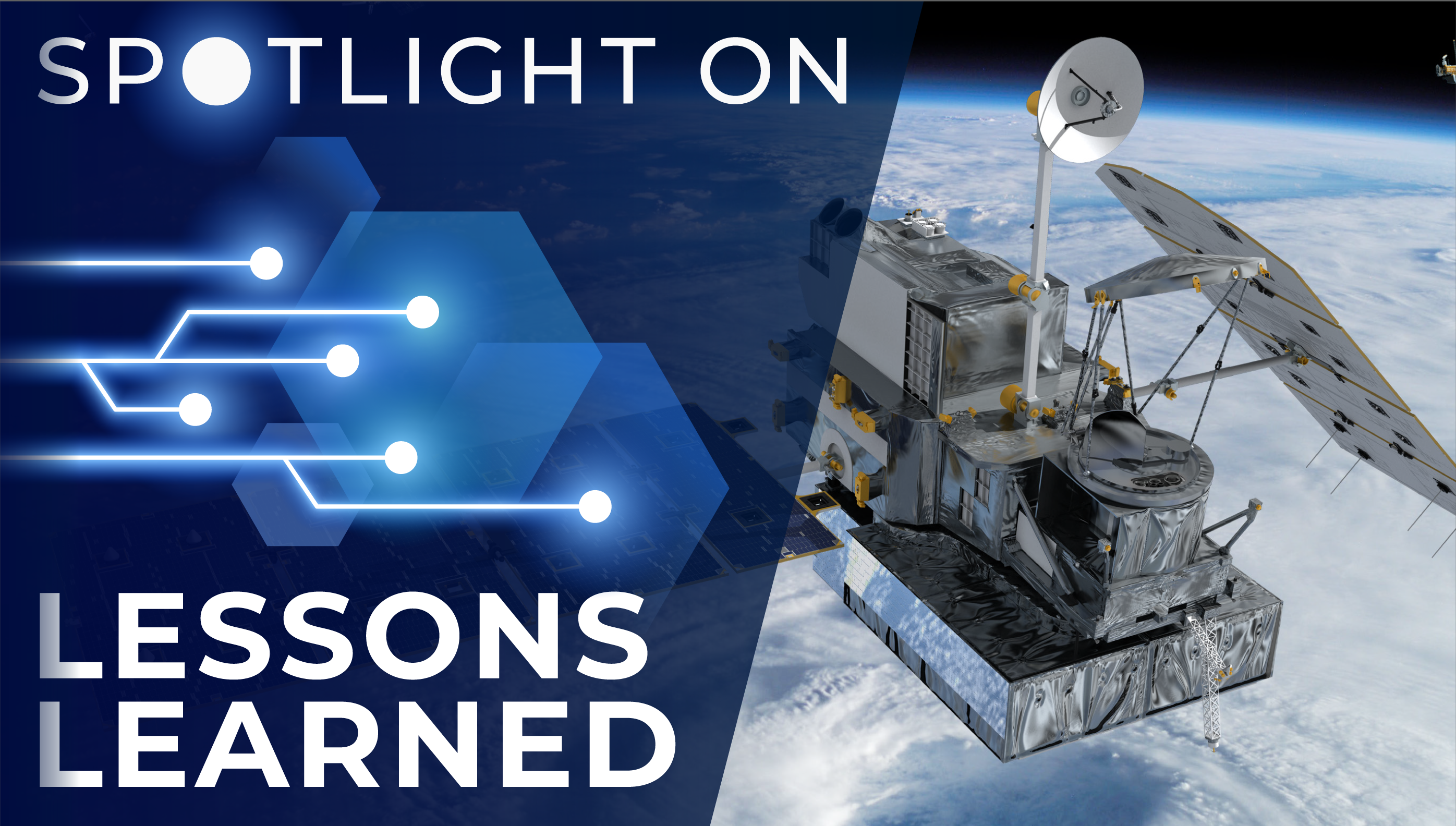
The Space Shuttle Transition and Retirement team demonstrated that identifying a cross-cutting environmental function and having an integrated team are essential to successful management and disposition of a large amount of property.
The Space Shuttle Transition and Retirement (T&R) team at NASA’s Marshall Space Flight Center was responsible for identifying and satisfying many diverse environmental requirements while managing and dispositioning a large amount of real and personal property spread across various NASA centers, contractors, subcontractors and vendors.
Environmental requirements and potential environmentally driven risks impact all aspects of property disposition, including the management of hazardous materials; end state of hardware sent to museums, transferred to other programs, or sold; end state of real or personal property; and compliance with numerous federal, state and local regulations. The T&R team managed the diverse requirements and potential risks by identifying the need for a cross-cutting function to address environmental issues that didn’t exist when the program originated; developing an environmental management plan, relying on the expertise of Marshall’s environmental offices and prime contractors; and establishing an integrated environmental support team.
Lesson Number: 6837
Lesson Date: August 8, 2012
Submitting Organization: Marshall Space Flight Center
HIGHLIGHTS
LESSONS LEARNED
- The most effective way to ensure that environmental requirements are met in the planning and implementation of a large effort involving many stakeholders is to identify a cross-cutting function and an integrated team willing to define requirements, address environmental concerns as laws change, and share issues and lessons learned over the system life cycle.
- Environmental offices at NASA centers as well as prime contractors maintain skilled environmental teams that address environmental issues at their facility.
RECOMMENDATIONS
- Identify a cross-cutting environmental function and an integrated team of center, contractor and program stakeholders and experts early in program development and implementation to ensure that initial and evolving environmental requirements are identified and met.
Consult the lesson learned for complete lists.
Marshall Space Flight Center Chief Knowledge Integrator Jennifer Stevens on the importance of this lesson learned:
I like this lesson because it illustrates how NASA and its contractors and vendors came together to address environmental issues when retiring hardware and facilities at the end of a long program. It’s a positive lesson that highlights cooperation, teamwork and concern for the environment. Some of the laws and regulations they had to address at program transition and retirement didn’t exist when the program was planned at the beginning. The significance of complying with modern regulations wasn’t a visible priority when they started the transition process. The team was proactive in coming together, cooperating and doing their part to care for the world around them. I think we can all learn how to act positively and proactively across diverse interests and responsibilities if we care enough about our impact and look for solutions that weren’t obvious at the outset.
Spotlight on Lessons Learned is a monthly series of articles that feature a valuable lesson along with perspective from NASA’s knowledge management community on why the lesson is important. The full lessons are publicly available in NASA’s Lessons Learned Information System (LLIS).
If you have a favorite NASA lesson learned that belongs in the spotlight, please contact us and be sure to include the LLIS Lesson Number.










